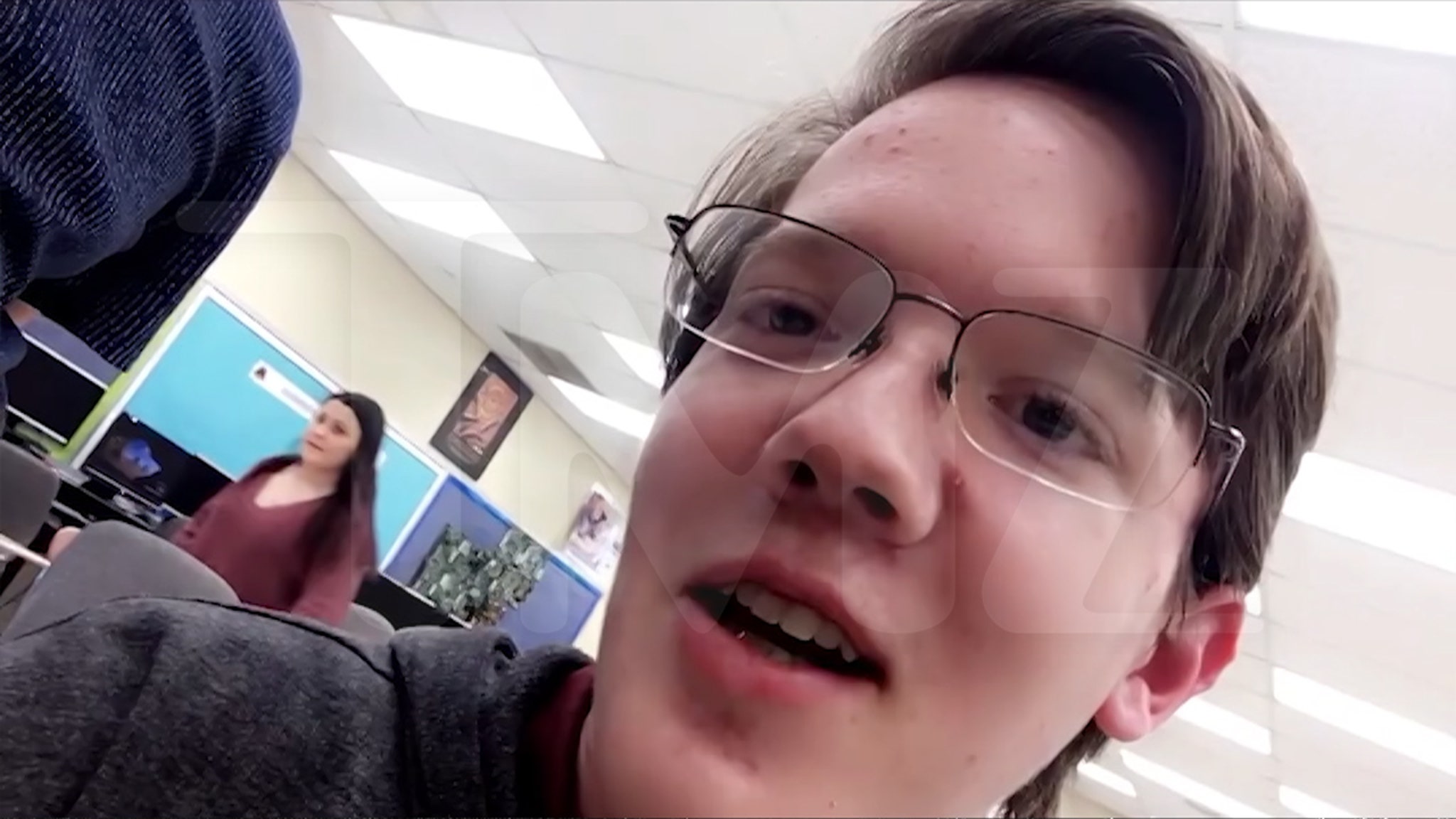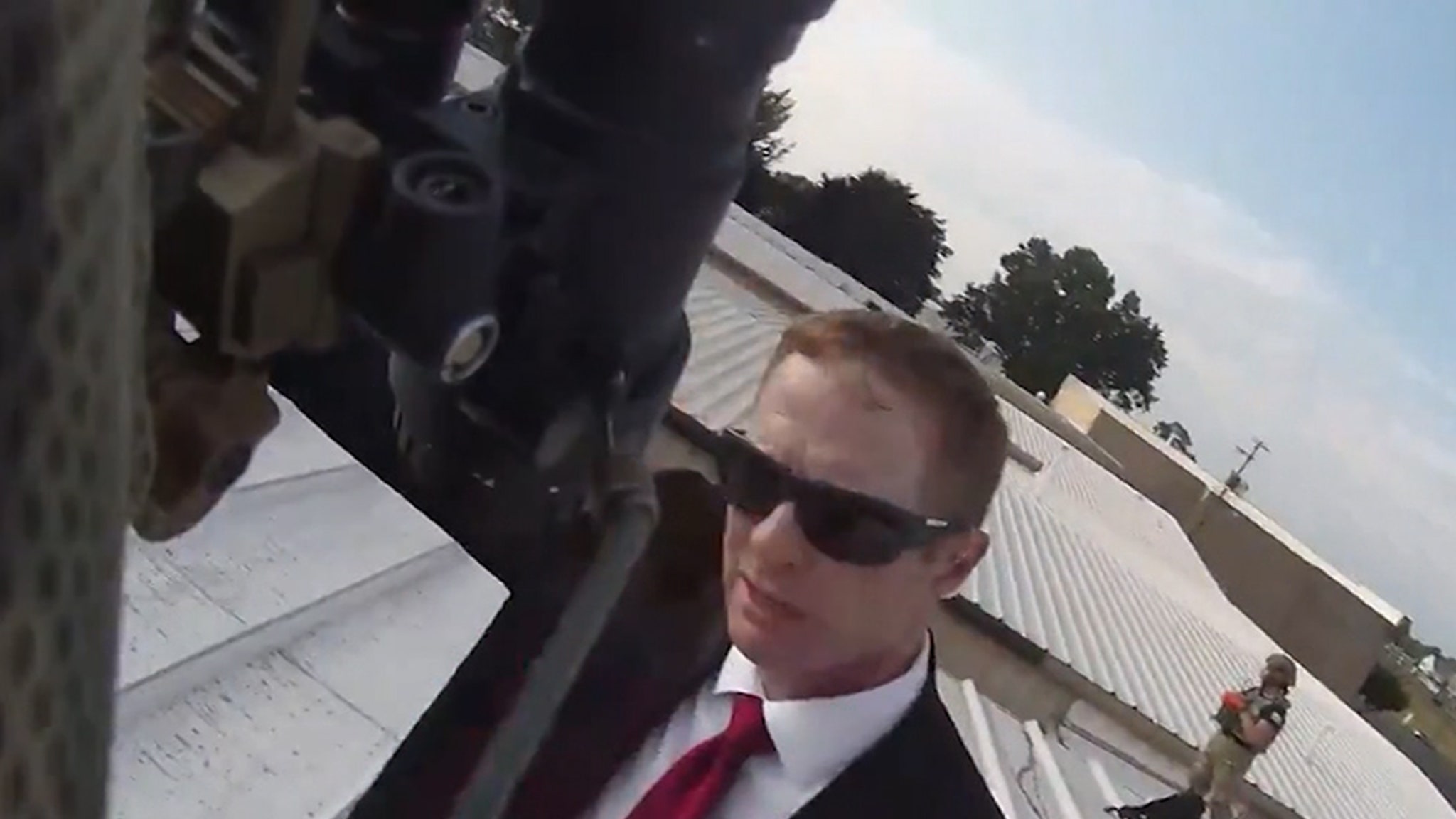The term "crooks autopsy" has become increasingly relevant in discussions surrounding criminal investigations, exposing corruption, and seeking justice. In an era where transparency is paramount, understanding the intricacies of autopsies conducted on individuals involved in criminal activities or corruption cases is crucial. This article aims to shed light on the significance of these procedures, their impact on investigations, and the ethical considerations surrounding them.
Autopsies play a vital role in uncovering the truth behind suspicious deaths, especially when the deceased is linked to criminal activities. By examining the body scientifically, investigators can determine the cause of death, identify any foul play, and gather crucial evidence to hold the responsible parties accountable. This process not only aids in solving crimes but also ensures that justice is served.
As we delve deeper into this topic, we will explore the procedures, legal frameworks, and ethical dilemmas associated with crooks autopsies. Understanding these aspects is essential for anyone interested in the intersection of law enforcement, forensic science, and societal justice. Let's begin by examining the key components of this investigative process.
Read also:7movierulztc Download 2022 Kannada The Ultimate Guide To Movies And Legal Streaming Options
Table of Contents
- Introduction to Crooks Autopsy
- Historical Context of Autopsies in Criminal Investigations
- The Procedure of Conducting a Crooks Autopsy
- Legal Framework Surrounding Crooks Autopsy
- Ethical Considerations in Crooks Autopsy
- Impact on Criminal Investigations
- Role of Forensic Pathologists
- Challenges Faced in Crooks Autopsies
- Technology Advancements in Autopsy Procedures
- Conclusion and Future Prospects
Introduction to Crooks Autopsy
An autopsy, in its simplest form, is a post-mortem examination conducted to determine the cause and manner of death. When the individual under investigation is linked to criminal activities, the term "crooks autopsy" comes into play. This specialized form of autopsy involves meticulous examination and analysis to uncover any connections to criminal acts or corruption.
Forensic pathologists, the experts conducting these autopsies, play a pivotal role in ensuring that the investigation is thorough and unbiased. Their findings can provide critical evidence that may lead to the prosecution of individuals involved in illegal activities. Moreover, these autopsies serve as a deterrent to potential criminals, knowing that even after death, their actions can be scrutinized and justice pursued.
In the following sections, we will explore the historical context, procedural details, and the broader implications of crooks autopsies on the justice system.
Historical Context of Autopsies in Criminal Investigations
Autopsies have been conducted for centuries, with their origins tracing back to ancient civilizations. However, their application in criminal investigations gained prominence during the 19th century when forensic science began to evolve. The use of autopsies in high-profile cases involving criminals and corrupt officials has significantly contributed to the development of modern investigative techniques.
One notable case that highlighted the importance of autopsies in criminal investigations was the examination of Al Capone, a notorious American gangster. The findings from his autopsy provided critical evidence that corroborated the testimonies of witnesses and ultimately led to his conviction. This case set a precedent for the role of autopsies in uncovering the truth behind criminal activities.
Read also:Unlock The Secrets Of The 7 Moverules A Comprehensive Guide
Early Autopsy Techniques
- Gross examination of the body
- Basic toxicology tests
- Limited use of microscopy
As technology advanced, so did the methods employed in autopsies. Today, sophisticated tools and techniques are utilized to ensure accurate and reliable results.
The Procedure of Conducting a Crooks Autopsy
Conducting a crooks autopsy involves several steps, each crucial in determining the cause and manner of death. The process begins with the external examination of the body, followed by an internal examination, and concludes with the documentation of findings.
External Examination
This step involves a thorough inspection of the body's external features, including any visible injuries, marks, or signs of trauma. Photographs are taken to document these findings for future reference.
Internal Examination
The internal examination delves deeper into the body's organs, tissues, and systems. Samples are collected for toxicology tests and other analyses to identify any substances that may have contributed to the death.
Throughout the procedure, the forensic pathologist ensures that all steps are documented meticulously to maintain the integrity of the investigation.
Legal Framework Surrounding Crooks Autopsy
The legal framework governing crooks autopsies varies by jurisdiction but generally includes obtaining consent from the deceased's family or a court order. These legal requirements ensure that the procedure is conducted ethically and with respect for the deceased and their loved ones.
In cases where the deceased is a known criminal or corrupt official, the legal process may involve additional steps to safeguard the evidence and protect the investigation from external interference.
Key Legal Considerations
- Obtaining proper authorization
- Ensuring compliance with privacy laws
- Protecting the confidentiality of findings
These considerations are vital in maintaining the credibility of the investigation and ensuring that justice is served.
Ethical Considerations in Crooks Autopsy
While crooks autopsies are essential for solving crimes and exposing corruption, they also raise ethical concerns. The dignity of the deceased and the sensitivities of their family members must be respected throughout the process. Ethical guidelines dictate that autopsies should be conducted with professionalism and empathy.
Furthermore, the potential misuse of autopsy findings for political or personal gain must be guarded against. Transparency and accountability are key to maintaining public trust in the forensic process.
Impact on Criminal Investigations
The impact of crooks autopsies on criminal investigations cannot be overstated. These procedures provide critical evidence that can lead to the conviction of perpetrators and the exoneration of innocent individuals. Additionally, they contribute to the broader goal of deterring criminal activities and promoting societal justice.
Case studies from various countries illustrate the effectiveness of autopsies in uncovering the truth behind suspicious deaths. For example, in the investigation of corrupt officials, autopsies have revealed instances of poisoning or other covert methods of assassination.
Role of Forensic Pathologists
Forensic pathologists are the backbone of crooks autopsies. Their expertise in analyzing human remains and interpreting complex data is indispensable in criminal investigations. These professionals undergo rigorous training to develop the skills necessary to perform their duties effectively.
Beyond their technical expertise, forensic pathologists must possess strong ethical standards and a commitment to justice. Their findings often serve as the foundation for legal proceedings, making their role even more critical.
Challenges Faced in Crooks Autopsies
Despite their importance, crooks autopsies face numerous challenges. Limited resources, outdated equipment, and insufficient funding can hinder the effectiveness of these procedures. Additionally, political interference and corruption within the justice system can undermine the credibility of the findings.
To address these challenges, governments and organizations must invest in improving forensic infrastructure and ensuring the independence of investigative bodies.
Potential Solutions
- Increased funding for forensic departments
- Training programs for forensic professionals
- Implementation of strict anti-corruption measures
These solutions can help overcome the obstacles faced in conducting effective crooks autopsies.
Technology Advancements in Autopsy Procedures
Technological advancements have revolutionized the field of forensic science, enhancing the accuracy and reliability of crooks autopsies. Modern tools such as 3D imaging, DNA analysis, and advanced toxicology tests have significantly improved the investigative process.
These innovations not only expedite the examination process but also provide more detailed insights into the cause of death. As technology continues to evolve, its integration into forensic practices will undoubtedly lead to even greater advancements in the field.
Conclusion and Future Prospects
In conclusion, crooks autopsies are indispensable in the pursuit of justice and the fight against corruption. By providing critical evidence and uncovering the truth behind suspicious deaths, these procedures play a vital role in criminal investigations. However, challenges such as ethical concerns, legal hurdles, and technological limitations must be addressed to maximize their effectiveness.
We invite you to share your thoughts and experiences in the comments section below. Additionally, feel free to explore other articles on our website for more insights into forensic science and criminal investigations. Together, let's continue the conversation on how we can improve the justice system and promote transparency in society.


